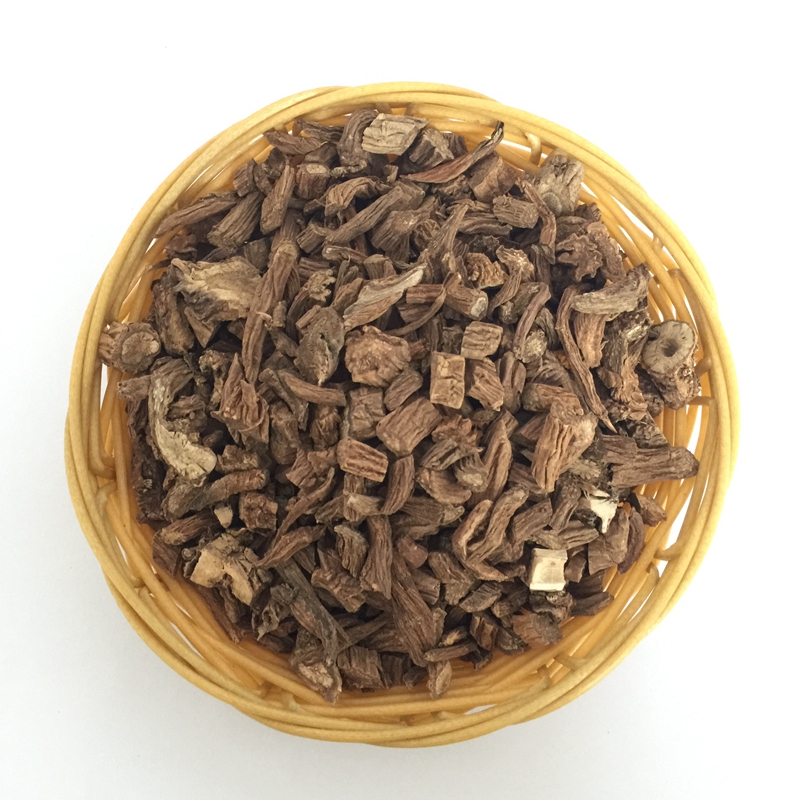
[Name of Traditional Chinese Medicine] Xuduan
[Alias] Ncorth Continuation, Elder Grass, South Grass, Drum Hammer Grass, and Heshangtou.
【 Source 】
The root of Dispsacus japonicus Miq., a plant in the family Dipsacaceae.
【 Distribution of Origin 】
Born in damp areas of grassy slopes. Distributed throughout the country.
【Harvesting and Processing】
In autumn, dig and remove the root heads and fine roots, wash, dry in the shade or dry
【 Medicinal herb characteristics 】
It is cylindrical in shape, gradually narrowing downwards, measuring 5-15 centimeters in length and 0.5-2 centimeters in diameter. The surface is yellow brown or earthy brown, with longitudinal wrinkles and root scars. Hard and brittle in texture, easy to break, uneven in cross-section, vascular bundles arranged radially, with a light brown central xylem. The aroma is slightly fragrant, with a bitter sweet taste followed by astringency.
【 Effect and Function 】
Tonifying liver and kidney, strengthening muscles and bones, repairing injuries, and stopping collapse and leakage. It belongs to the category of tonifying yang drugs under the category of tonifying deficiency drugs.
【 Clinical Application 】
The dosage is 9-15 grams. It can be taken orally as decoction or added into pills and powders to treat soreness and weakness of the waist and knees, rheumatism and pain, multiple menstrual cramps, fetal hemorrhage, and traumatic injuries. Apply external tamping.
Pharmacological research has the effects of antibacterial and anti-inflammatory, enhancing immune regulation, antioxidant and anti-aging, promoting bone injury healing, and preventing premature miscarriage.


![]()







